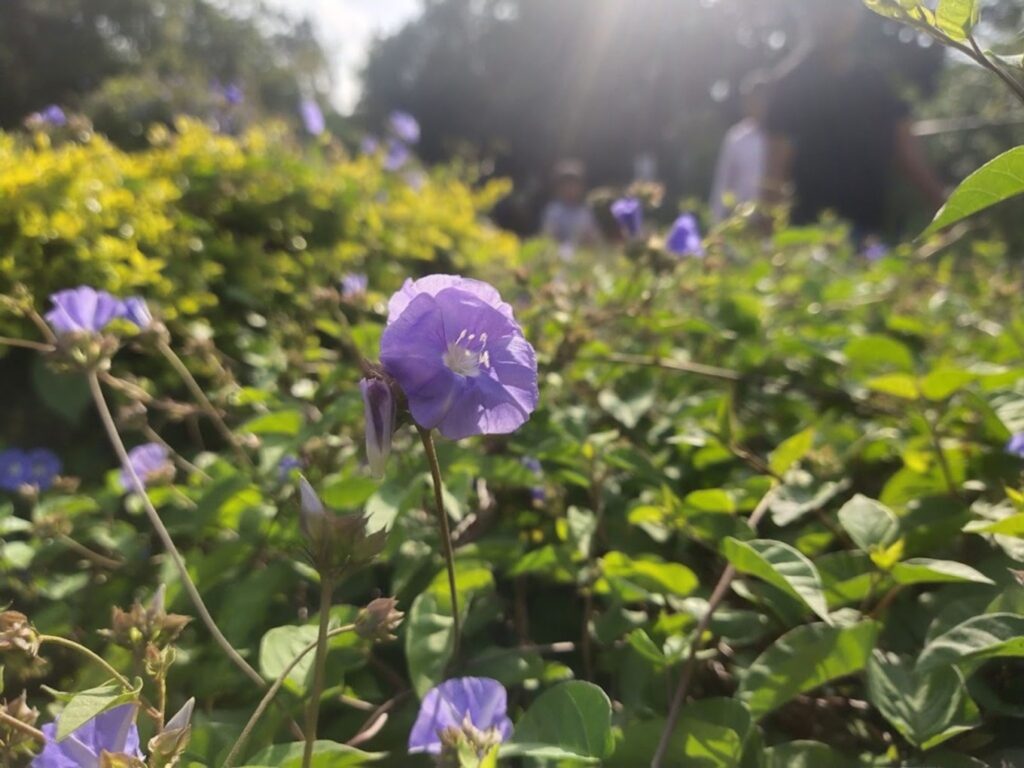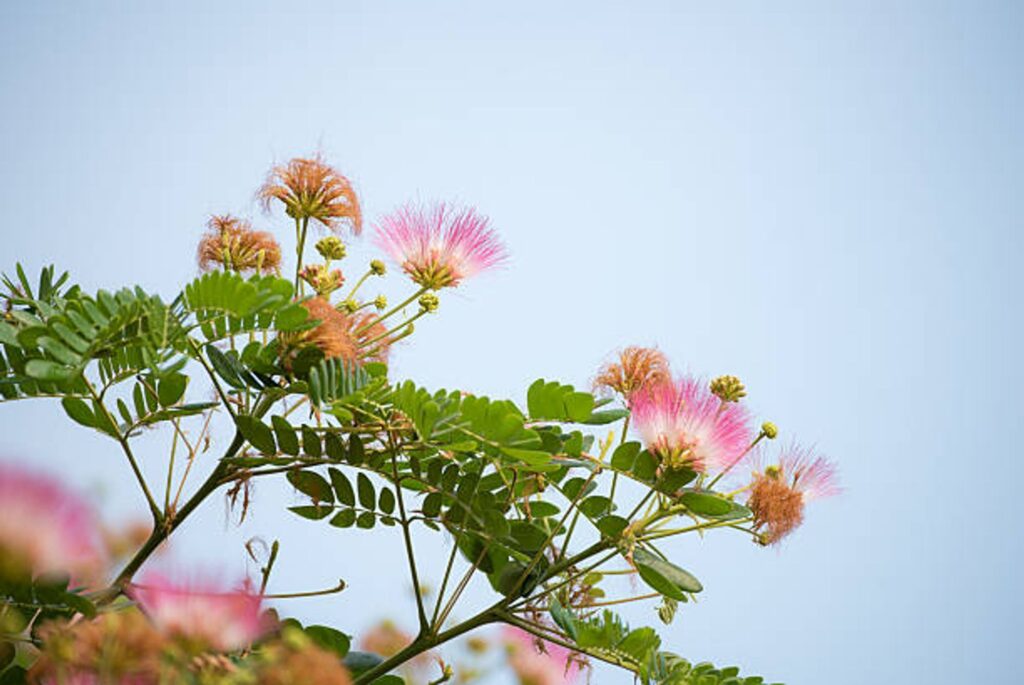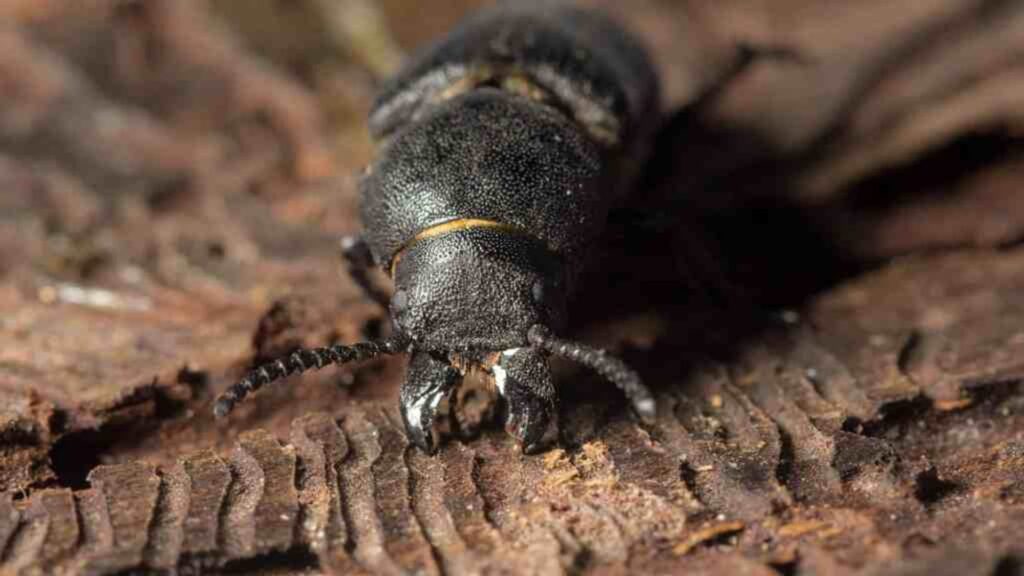Nature Birthday Party – Birds | Trees | Insects


Did you ever wonder what it would be like to celebrate your birthday in the lap of nature? With the fresh breeze, the chirping of birds, the swaying of big trees and all your friends running around freely. I think it’d be pretty amazing! That’s exactly what a little boy’s mum had in mind when she contacted me to join the celebration of her son’s Nature Birthday Party. Abhimanyu was turning 8 this year and he wanted to enjoy with his friends in a natural setting. His mother, Kanan, asked me if I can come and tell the children about the various things in nature as a certified nature guide; and I was only too happy to take up the offer. In this blogpost, we discuss a little about the experience, the sightings of the day and what are some things to keep in mind during a Nature-Themed party.
Contents
- Venue : National Military Memorial
- Are you a Pukka Nature Scout yet?
- My Young Audience
- Blessings of the Blue Mormon
- Birds Greater Coucal Black Kite White-Cheeked Barbet
- Trees Peepal Tree Eucalyptus Tree Raintree Jackfruit Tree
- Insects Hornet’s Nest Ants of Bangalore Two Tailed Spider & Bark Beetle
- Things to Keep In Mind While Organizing A Nature Party
Venue : National Military Memorial
Location : 2, Millers Road, Vasanth Nagar, Bengaluru, Karnataka 560051
Timings : 6 am – 9 pm




You would be surprised at where we found the perfect location for the nature party! The venue was the National Military Memorial Park on Miller’s Road. This park is a tribute by people and the government to honour the men and families of martyrs who have died in the service of the nation. It is a wonderful park with big open spaces, gazebos to sit inside, good variety of trees and flowering plants. There are many structures such as army tanks, airforce jets and more to commemorate the work of the armed forces. I’m sure that you can make out from the photographs what a wonderfully green and vibrant space it is. The credit goes to Abhimanyu’s parents for finding out this amazing venue, who I will speak about it in the next section.
Are you a Pukka Nature Scout yet?

Let me tell you about the lady who planned all of this. Her name is Kanan. She’s truly a one woman army. She was prepared for everything, well-in-advance and executed the event with impeccable ease. During our initial conversations, I had suggested to Kanan that it would be nice to give some kind of object to the kids to anchor the nature experience. Maybe a kind of cap or scarf or item associated with nature guides. She loved the idea. She took up the task of arranging green scarves for the children, so that they can look like a pukka Nature Scout. She got the cloth herself and got them stitched from a tailor. They also arranged for a white woggle to hold it together. The children were given a goodie bag that contained the tools required to go explore in the field, namely, a magnifying glass and a compass.
On Working with a Younger Audience
There are some nature guides who are comfortable with an older audience while others may be comfortable with a younger audience. Connecting with adults and young adults comes quite naturally to me, but children have been a territory that make me feel nervous and excited at the same time. For this event, we had around 25 kids joining Abhimanyu’s party, ranging between the ages of 6 to 14. And it was a blast! They were all so full of energy. Constantly asking questions and telling me the things they know. I could see that they were happy to be let loose in a park like the one we went to. I was on my toes the entire duration.
Blessings of the Blue Mormon
In the beginning, only some 6 kids had arrived. We were all waiting for the rest of the party to join in an open area in the park. That’s when a Blue Mormon butterfly flew past. It was big, mighty and colourful. For me, spotting it was a good sign and I knew we would all have a jolly time together.

The blue Mormon butterfly is a species of swallowtail butterfly found in South Asia, specifically in India, Sri Lanka, and parts of Southeast Asia. It is the second largest butterfly found in India, with a wingspan reaching up to 8 inches. The state of Maharashtra has declared it as their state butterfly. This species is known for its bright blue and black wings and its unique courtship behaviour. The exact origin of the name “Blue Mormon” is not entirely clear, but it likely has to do with the butterfly’s blue coloration and its association with the region where it was first collected, which is reported to be the Mormugao area of Goa, which was a Portuguese colony at the time.
Birds
Greater Coucal

This was our first breathtaking sight. The whole crowd went quiet when the Coucal perched on a short tree nearby. It was a black bird, with rufous coloured wings. Lo and behold, the Coucal! It is also called as the Crow Pheasant, even though it is not a kind of a crow. The coucal bird actually belongs to the family Cuculidae, which comprises of all cuckoos. It is known for its bright colours and distinctive call. It is also known as the Bharadwaj bird in India, where it is considered to be a good omen. The coucal may be from the family of cuckoos, but it is not your usual cuckoo.I t takes care of its eggs till they hatch and then raises its kids the usual way, by feeding them and preparing them. This is unlike its other cuckoo cousins who have a bad reputation as brood parasites. It means that cuckoos are birds that trick other birds into taking care of their young. Read more about it here : Parenting Goes Cuckoo
Black Kite

Black kites are scavenger birds found in many parts of the world. They are known for their sharp talons and distinctive black feathers. They continue to be a common sight in the city of Bangalore. Read more about the black kite in my other article.
White-Cheeked Barbet

We could not see this bird, but we were hearing it constantly. Read more about it here : The Barbets of India
Trees
Peepal Tree


The first tree we went to was the Sacred Fig or the Peepal tree. It is a species of fig that is native to the Indian Subcontinent and Indo China. The sacred fig is considered to have a religious significance in three major religions that originated on the Indian subcontinent, Hinduism, Buddhism and Jainism. Hindu and Jain ascetics consider the species to be sacred and often meditate under it. This is the tree species under which Gautama Buddha is believed to have attained enlightenment.
Most village panchayats are conducted under the shade of a peepal, said to bring wisdom and knowledge to all who sit under its shade.
The greenskeeper: The Magic Pipal https://bit.ly/3n84tVG

What is special about the leaf of a peepal?
The peepal tree has unique leaves. They are said to have a ‘drip tip’. ‘The heart-shaped leaves have extended tips that help channel water down the leaf surface and off the bottom of the tip. The action of these “drip tips” enables the plant to move surface water efficiently and dry off more quickly than plants that do not have drip tips on their leaves. Removing excess water from the leaf surface helps to prevent the growth of potentially harmful mildew or microorganisms, which can thrive in the hot and humid conditions that sacred figs live in.’
On this tree, we also spotted a very giant sized Hornet’s Nest.
Eucalyptus Tree


Eucalyptus trees is a genus of tall, fast-growing evergreen trees. They are known for their aromatic leaves, which contain volatile oils that give off a characteristic scent. The leaves of some species are also used in traditional medicine to treat a variety of ailments, such as coughs, colds, and fever.
One of the most distinctive features of the Eucalyptus tree is its bark. Many species have smooth, colourful bark that peels away in strips or patches to reveal a new layer of bark underneath. This gives the trunk a multicoloured appearance that is both beautiful and unique.
Despite their many benefits, Eucalyptus trees can also be invasive in some regions, as they can quickly dominate native plant communities and reduce biodiversity, in addition to sucking up great amounts of groundwater. This is why I cheekily call it a bully in trees.
Raintree


Read about the Raintree here.
We played a little game, to have the kids identify different trees.
‘Which one is the raintree?!’, I said.
They were running all over the park, trying to find the tree. Touching the eucalyptus sometimes, touching the fig other times. Finally, a group of kids found the raintree, which was beautifully abloom with pink flowers.
Jackfruit Tree

Talking about the Jackfruit Tree
The Jackfruit Tree is a tropical tree native to South and Southeast Asia. It is a member of the fig family and produces the largest tree-borne fruit in the world, also called the jackfruit, which can weigh up to 36 kilograms) and be up to 3 feet long. The Guinness World Record for the heaviest jackfruit ever recorded is held by a fruit that weighed 55.66 kilograms (122.38 pounds). It was grown in Kerala, India, and was officially weighed and measured in September 2017. Jackfruit is a popular food in many tropical countries and is used in a variety of dishes, including curries, stews, and desserts. It is also a good source of vitamin C, potassium, and dietary fiber.
Parents who were playing volunteers at our party also shared facts about the tree with the kids, along with their household experiences of how the jackfruit is cut and cleaned. This is something I enjoyed. Because these trees and fruits are such a familiar part of our everyday life, there is a lot that our children can learn about nature through these familiar suspects.
Insects


When we looked up at the Peepal tree, we saw something like this photograph. A giant structure up in the trees. Oh, what is it? What is it?
It looks like it is the nest of hornets! But, the size of it was just incredible.
Hornets are a type of large social wasp that build elaborate nests out of paper-like material that they make by chewing and mixing wood fibers with their saliva. The nests are often found in trees, bushes, or on the sides of buildings, and can vary in size and shape depending on the species of hornet.The nest of a hornet is a complex and fascinating structure that is carefully constructed by these social wasps to provide shelter, protection, and a place to raise their young.
Ants of Bangalore



How many ants do we know? So, we know the red ant, the black ant, the big red ant and the big black ant. Any others? 😛 But, there are many more species of the humble ant. Bangalore alone has around 115 species! We saw a few of them running around on the tree barks and also coming in-and-out of their underground colonies. The kids took out their magnifying glasses to have a closer look at them.
Two Tailed Spider & Bark Beetle


We also saw these two creatures. They were spotted by the kids themselves. Hersilia, also known as long-spinnered bark spiders and two-tailed spiders is a genus of tree trunk spiders. Their nicknames are a reference to their greatly enlarged spinnerets. The second one was a Bark Beetle. Bark beetles are a group of small insects that feed on the inner bark of trees.
Things To Keep in Mind While Organizing A Nature Party
- Leave No Trace
This is the most important one. It is important to leave the place as clean as you found it, without adding any new trash of your own. The organizers made sure trash bags were placed and no trash was left behind.
- Maintain Peace of the Park
Things can get quite excitable when it has to do with a celebration. But, as we are doing a nature party, we have to keep the surrounding as quiet as it usually is, whether it be a picnic spot, a park or a forest.
- Be Respectful to Living Creatures
It is important to be respectful to plants, dogs, insects, birds and other creatures that are in the park. We are going with the intention of studying them, but we must not disturb them at any point.
And all this was taken care of at our event. This is how we concluded the terrific Nature Birthday! Thank you for reading.
If you are interested in organising a nature walk or event of this kind, you can contact me at nayanika.work@gmail.com
To get updates about future walks, just plug in to our social media channels :
Naturenika
https://www.instagram.com/naturenika/https://www.facebook.com/Naturenika
The Naturalist School
https://www.instagram.com/naturalist.school/https://www.facebook.com/naturalistsch
Naturenika, signing out. 😃


